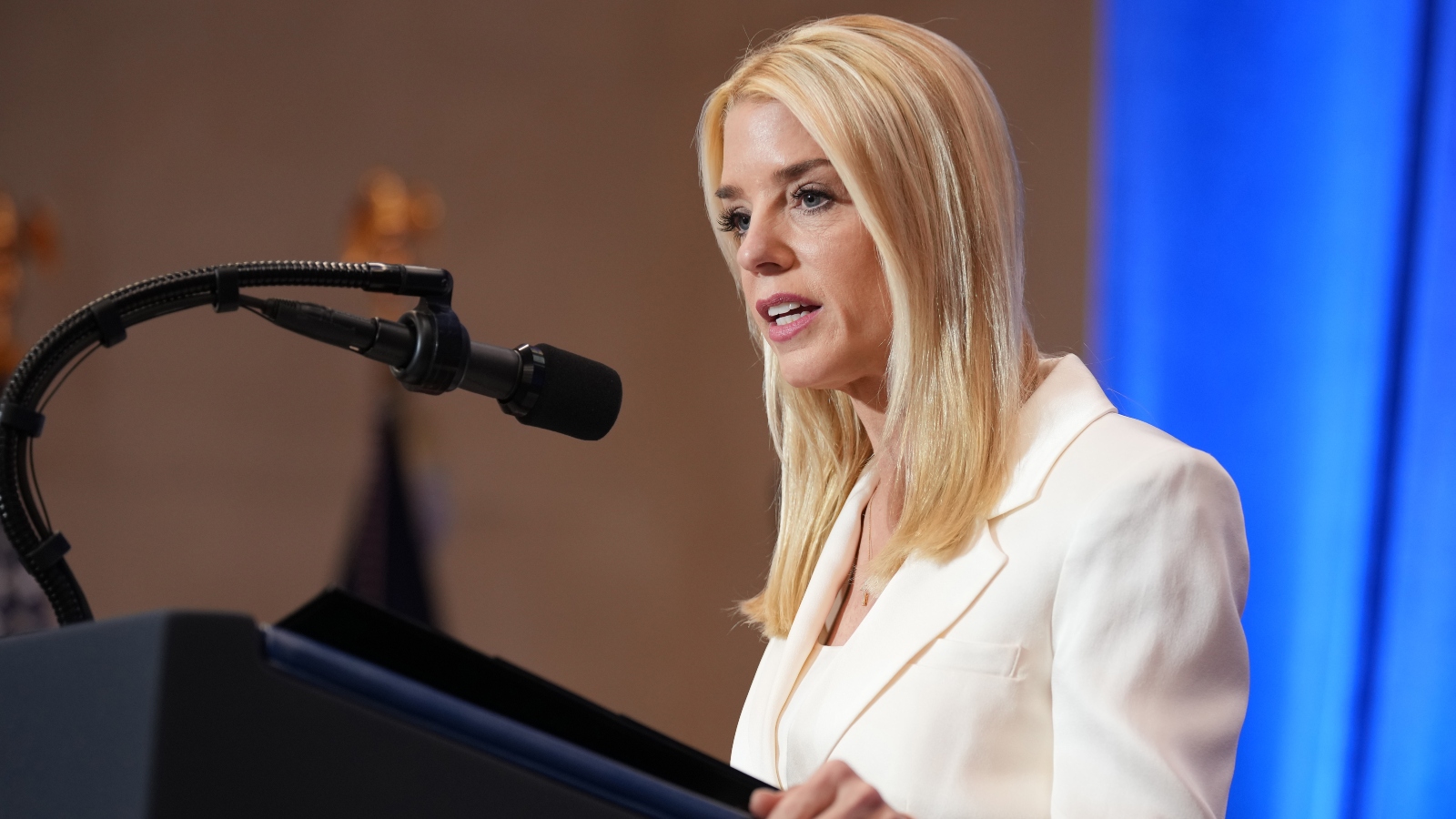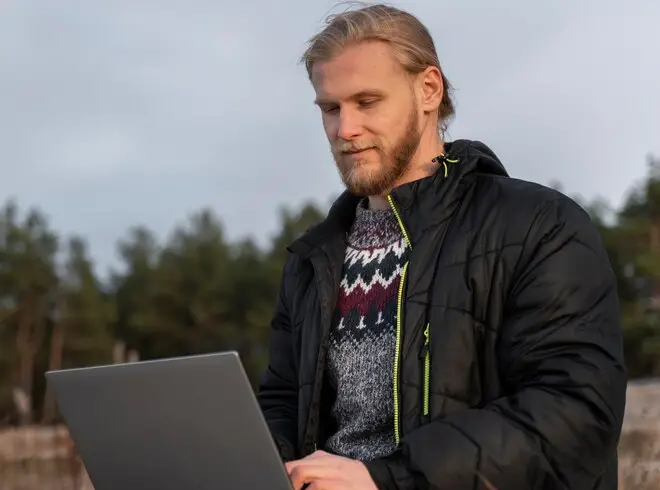In a significant development in the ongoing efforts to dismantle one of the most dangerous gangs operating in the U.S., the Attorney General of Florida, Pam Bondi, announced the arrest of three members of the notorious MS-13 gang. The men were charged in connection with the brutal killing of 22-year-old Gerson Vilelio Vasquez-Portillo, who was murdered in Palm Beach, Florida, in 2015. Bondi vowed that these arrests were just the beginning, promising that more arrests would follow as law enforcement ramps up its efforts to target MS-13 members operating across the country.
The men arrested were identified as Jose ‘Chango’ Ezequiel Gamez-Maravilla, Wilber ‘Blue’ Rosendo Navarro-Escobar, and Hugo ‘Power’ Adiel Bermudez-Martinez. They face charges of involvement in the savage stabbing and shooting of Vasquez-Portillo, a rival gang member. This case had been cold for years, but authorities reopened the investigation in 2020, which eventually led to these arrests.
The Long Road to Justice
The three men are not the only ones implicated in recent MS-13 violence. The U.S. Department of Justice revealed that this operation is part of a broader effort to bring MS-13 members to justice, particularly those involved in a spate of murders in South Florida. The investigation into these killings highlights the ruthless tactics employed by the gang, which uses violence and intimidation to maintain control and eliminate rivals.
Authorities also investigated other violent murders carried out by MS-13 members, including the stabbing death of 18-year-old Joel Antonio Canizales-Lara, who was killed after he falsely claimed to be a member of the gang. Another murder victim, Omar DeJesus Gutierrez, was shot after flashing a rival gang sign, an incident that was allegedly ordered by MS-13 leader Wilson Tirado-Silva.
Tirado-Silva, who is also suspected of orchestrating multiple other murders, along with his accomplices Melvin David Cruz-Ortiz and other gang members, is now facing charges related to these killings. Bondi’s statement emphasized that these arrests mark a major step forward in tackling MS-13’s widespread criminal activities.
Federal Authorities Take Action
In addition to the arrests in Florida, the Department of Justice recently announced the capture of a high-ranking MS-13 leader, Joel Vargas-Escobar, who was involved in a conspiracy responsible for at least 11 killings. Vargas-Escobar, also known as “Momia,” was arrested in New York after being a fugitive for nearly four years. He had previously been deported to El Salvador but illegally re-entered the United States. Vargas-Escobar is charged with racketeering conspiracy, two counts of murder in aid of racketeering, and associated firearms charges.
This arrest is part of a coordinated effort to bring MS-13 leaders to justice, with the DOJ highlighting the significant impact of taking down individuals involved in such heinous crimes. The DOJ’s Criminal Division, along with the Joint Task Force Vulcan, worked closely with the FBI and other law enforcement agencies to apprehend Vargas-Escobar.
Attorney General Pam Bondi stated, “The American people are safer following the arrest of yet another MS-13 leader thanks to the Department of Justice’s Criminal Division and Joint Task Force Vulcan. Under President Trump’s leadership, we will not rest until this terrorist organization is completely dismantled and its members are behind bars.” Bondi’s remarks reflect the administration’s continued commitment to curbing gang violence and ensuring that law enforcement holds MS-13 members accountable for their actions.
The Scope of MS-13’s Operations
According to the Justice Department, MS-13 is a transnational gang that primarily consists of individuals of Salvadoran and Central American descent. With more than 10,000 members in the U.S. alone, the gang operates in at least 10 states and Washington, D.C., and has a significant presence in Central America and Mexico. MS-13 is notorious for its violent tactics, including murder, extortion, and drug trafficking.
The gang is organized into smaller subsets known as “cliques,” with each clique led by one or more individuals referred to as “shot callers.” These leaders are responsible for directing the gang’s illegal activities, including the distribution of narcotics, the theft of firearms and other valuable items, and the recruitment of new members.
MS-13 has earned a reputation for extreme violence, often using machetes, knives, and firearms to carry out murders, particularly targeting rival gang members and anyone who crosses them. The gang also extorts money from local businesses and engages in human trafficking, all while working to expand its control over territories across the U.S. and beyond.
The Impact of MS-13 on Local Communities
The actions of MS-13 have left a deep impact on communities, particularly those in areas where the gang operates most heavily. The violence associated with MS-13 has contributed to a climate of fear in many neighborhoods, with residents often too scared to speak out or cooperate with law enforcement. The gang’s dominance in certain regions has made it difficult for local authorities to effectively combat its operations.
The cases of the murdered individuals, like Canizales-Lara, Gutierrez, and Vasquez-Portillo, highlight the senseless nature of the gang’s violence. These killings are just a few examples of the many crimes attributed to MS-13, but they underscore the danger posed by gang violence to innocent people. The work done by federal authorities to dismantle MS-13 is seen as critical in ensuring the safety of these communities.
A Broader Strategy to Combat Gang Violence
The Trump administration’s focus on cracking down on MS-13 is part of a broader strategy to reduce gang violence and improve public safety. The federal government has increased resources for law enforcement agencies tasked with targeting violent gangs, including the FBI, the Department of Justice, and Border Patrol agents. These agencies are working together to identify, apprehend, and prosecute gang members, while also targeting the leaders who orchestrate criminal operations from behind the scenes.
Efforts to tackle MS-13 are not limited to the U.S.; the gang’s international operations in Central America and Mexico are also a priority for law enforcement agencies. Cooperation between U.S. authorities and law enforcement in these countries has led to several significant arrests of MS-13 members operating in these regions.
The Future of MS-13 and Ongoing Investigations
Despite recent successes in apprehending high-ranking members of MS-13, the fight against the gang is far from over. Law enforcement agencies continue to pursue MS-13 leaders and members who have managed to evade capture. The U.S. Department of Justice has made it clear that it will continue to prioritize the dismantling of MS-13, with further arrests and prosecutions expected in the coming months.
Federal prosecutors are also focusing on disrupting the gang’s financial networks and eliminating its sources of income. By targeting the gang’s criminal enterprises and cutting off its access to money, law enforcement hopes to weaken MS-13 and prevent it from continuing its illegal activities.
The Importance of Continued Cooperation
The efforts to dismantle MS-13 would not be possible without the close cooperation between federal, state, and local law enforcement agencies. In addition to the FBI and Department of Justice, agencies such as ICE, the DEA, and U.S. Customs and Border Protection play crucial roles in tracking down gang members and conducting investigations. Furthermore, international cooperation with law enforcement agencies in Central America and Mexico has proven essential in addressing the gang’s transnational nature.
As the U.S. continues to confront the threat posed by MS-13, these partnerships will be essential in ensuring that the gang is fully eradicated. The recent arrests and ongoing investigations are a testament to the success of these collaborative efforts and the commitment of law enforcement to making American streets safer.
Conclusion: A Continuing Fight Against Gang Violence
The arrest of MS-13 members and the ongoing efforts to dismantle the gang’s operations are vital steps in the fight against gang violence in the U.S. and beyond. While significant progress has been made, there is still much work to be done. The criminal activities of MS-13, including murder, drug trafficking, and human smuggling, continue to pose a serious threat to public safety. However, with the continued focus of federal law enforcement, these dangerous individuals will be brought to justice, and the gang’s influence will be diminished.
The recent arrests serve as a powerful reminder that the fight against gang violence requires ongoing vigilance and collaboration at all levels of law enforcement. As the investigation continues, the public can expect more arrests and a stronger push to rid the country of MS-13’s violent grip. The pursuit of justice for victims and the safety of communities remain at the forefront of this important work.

